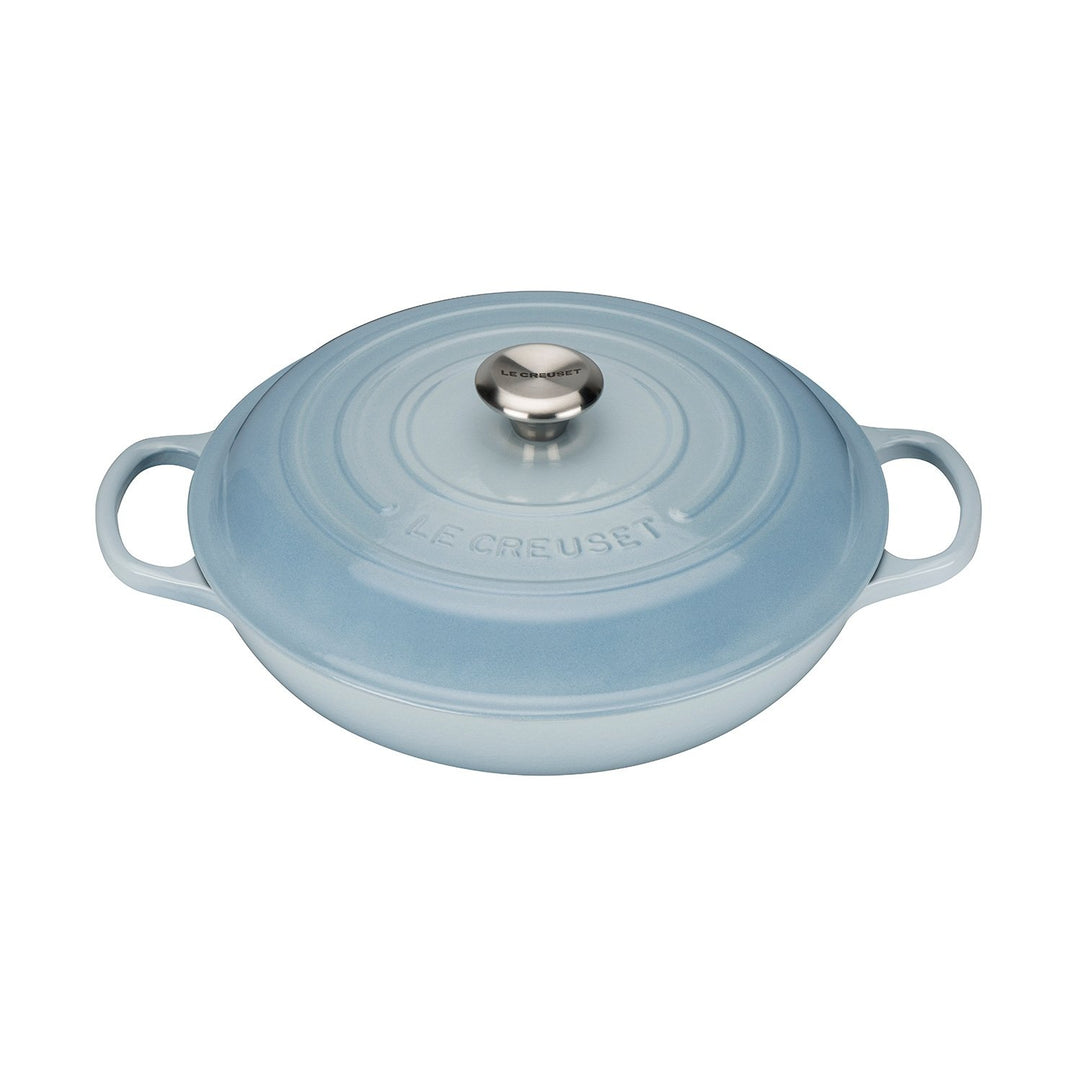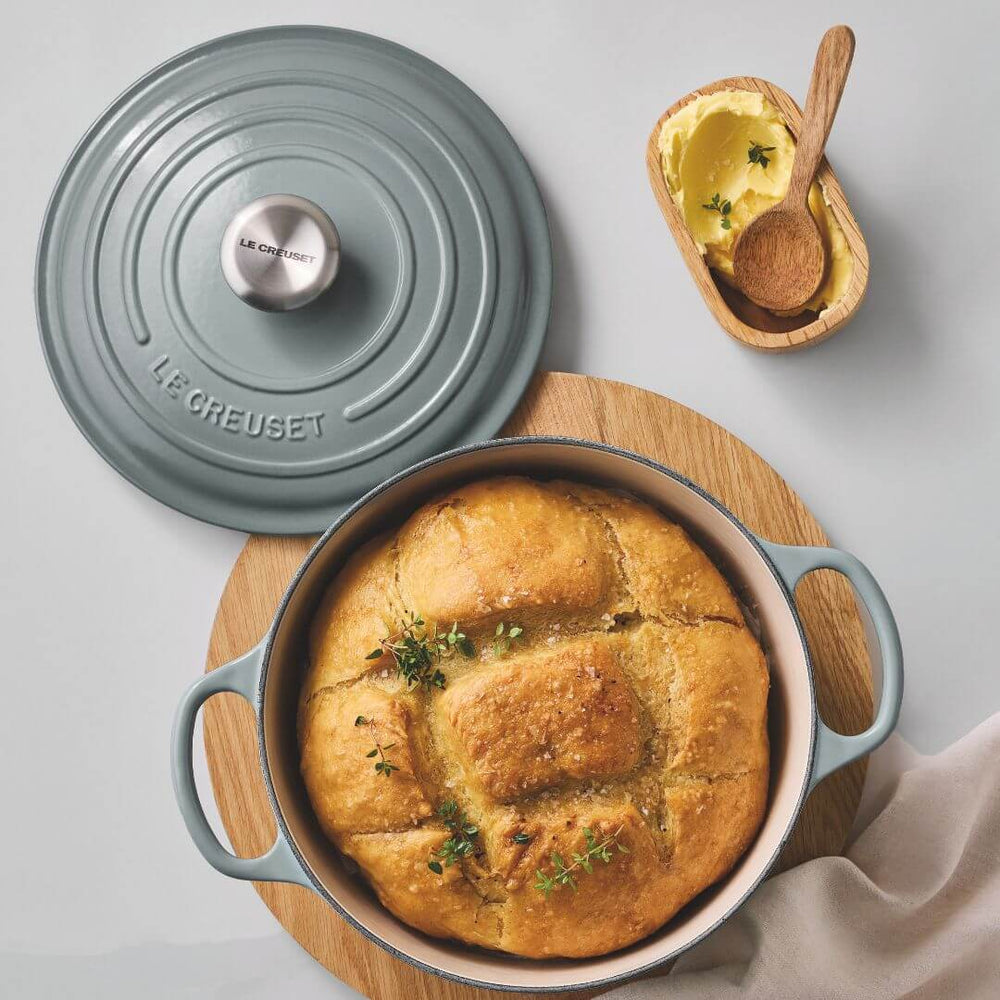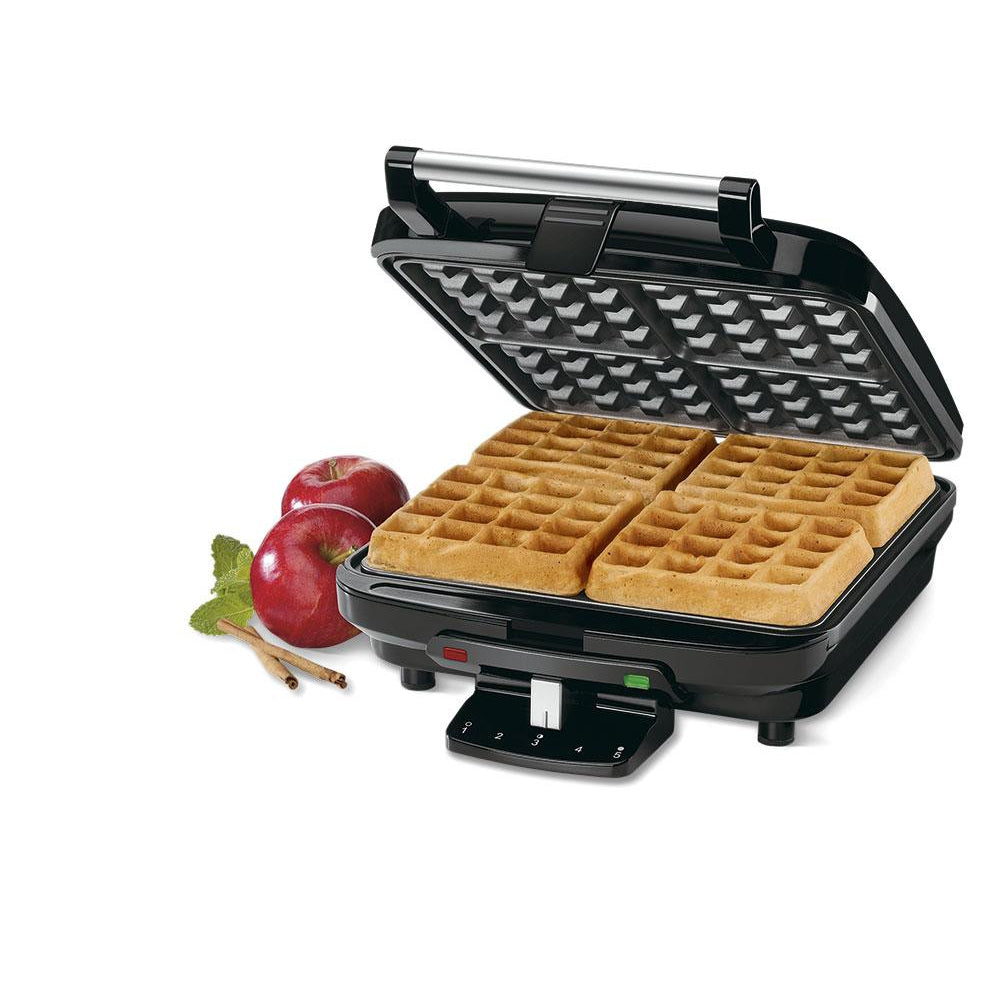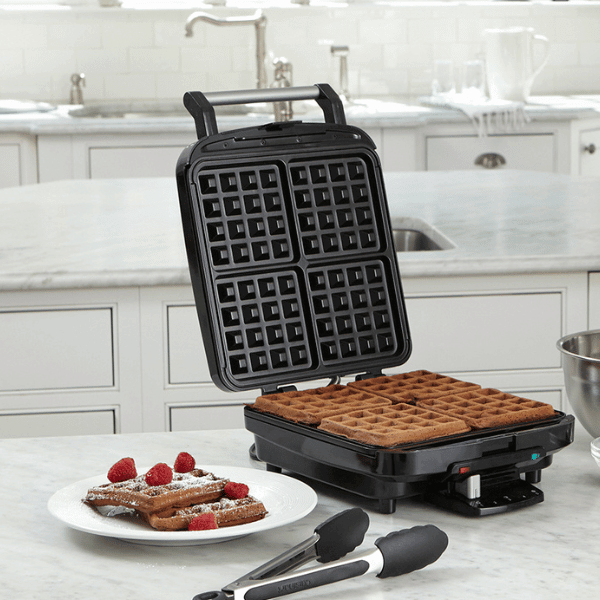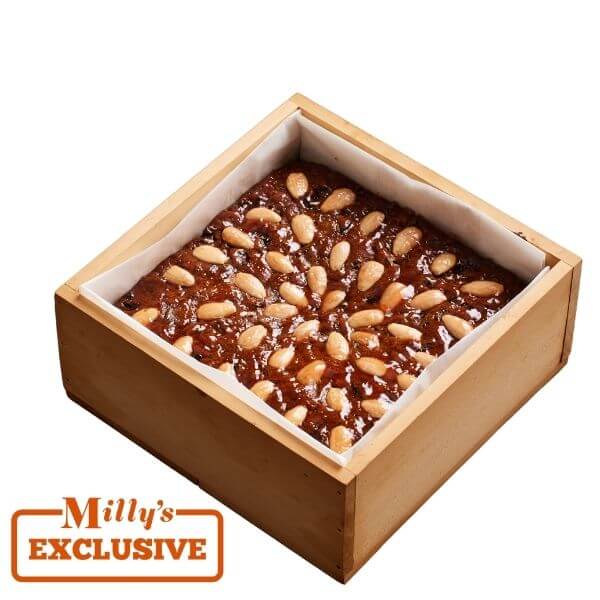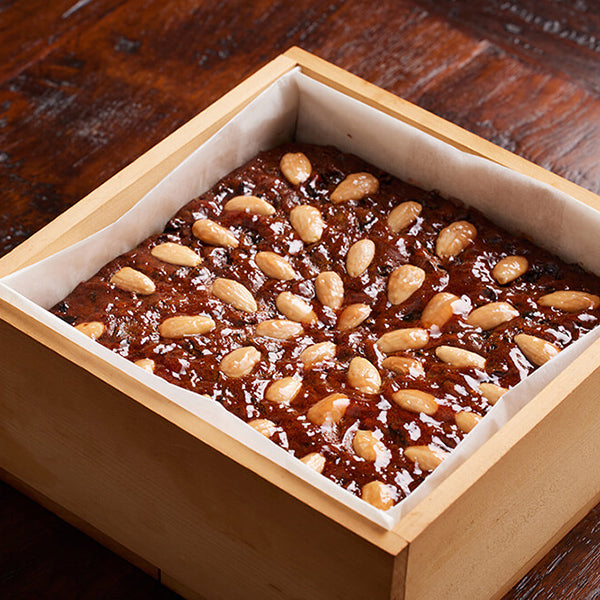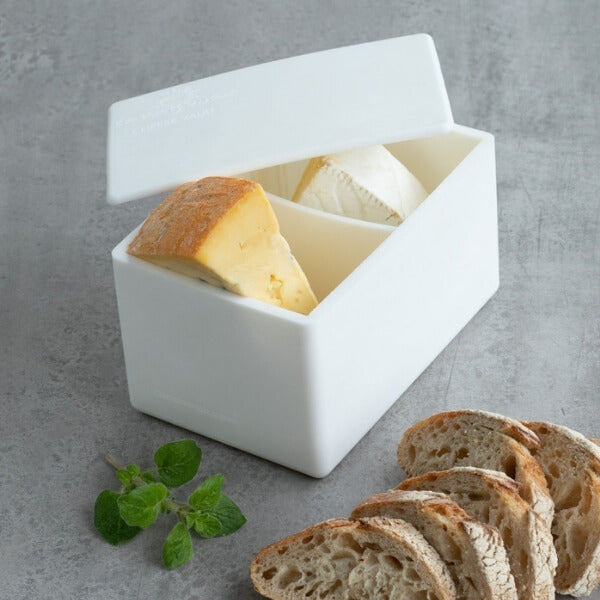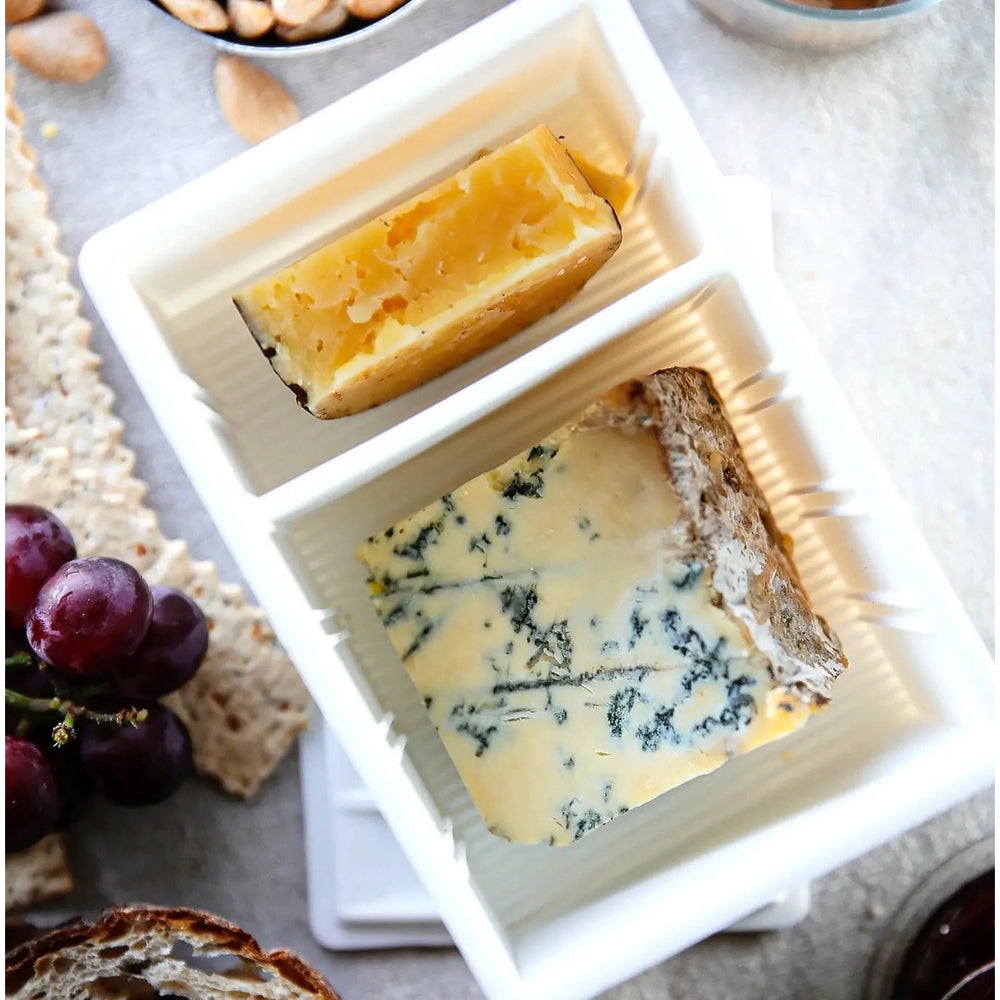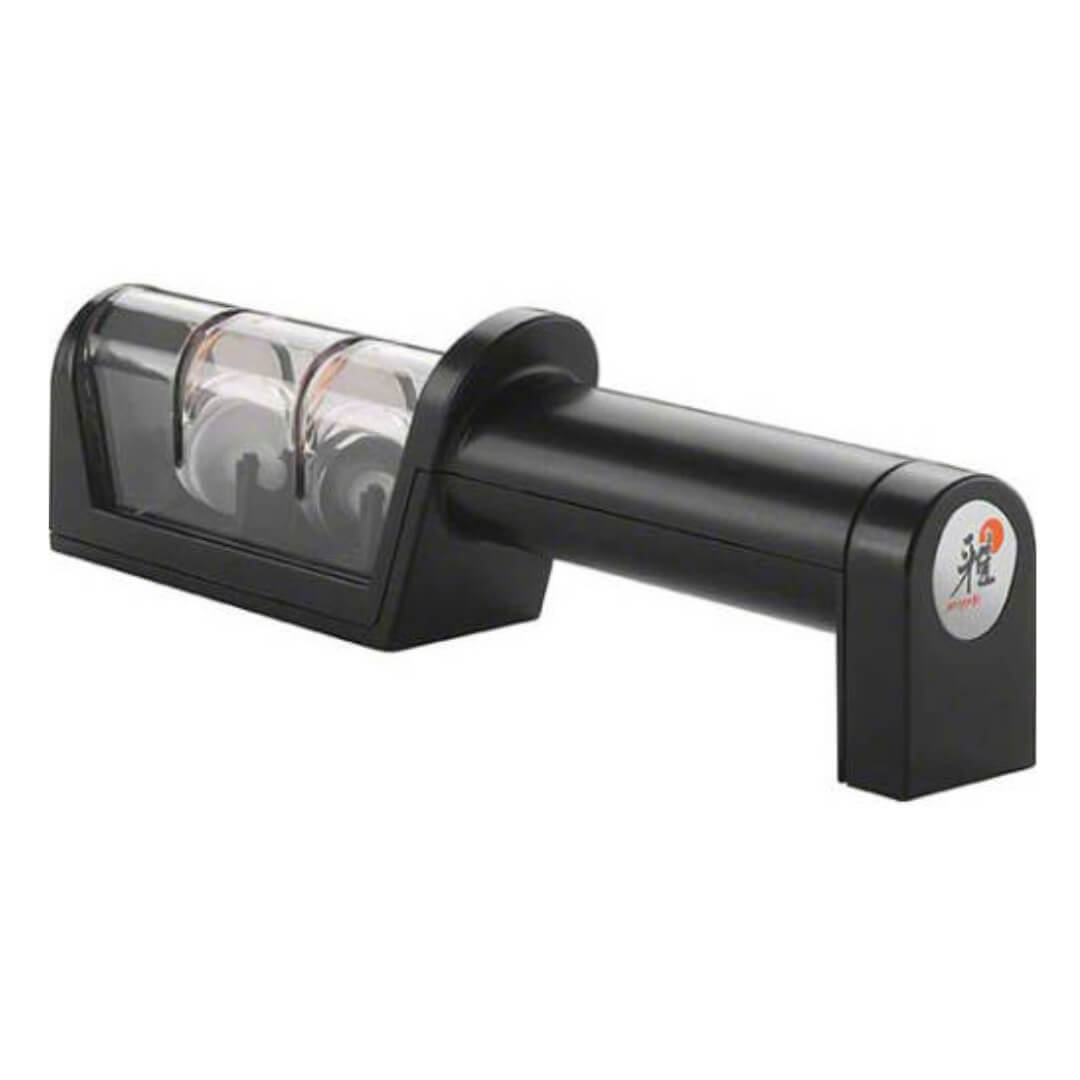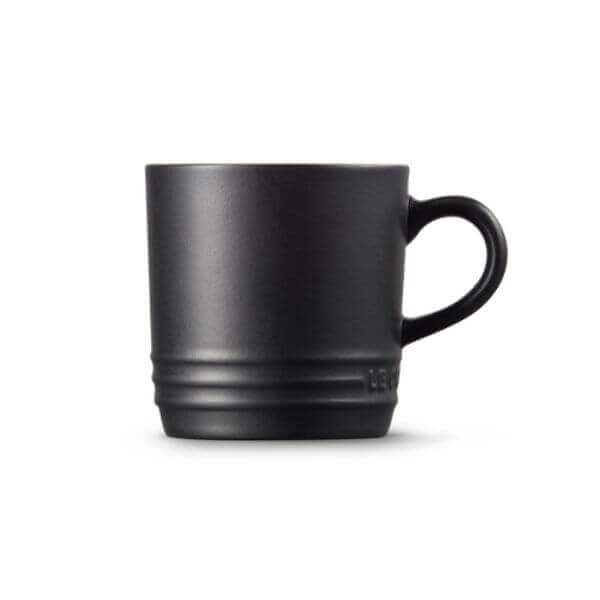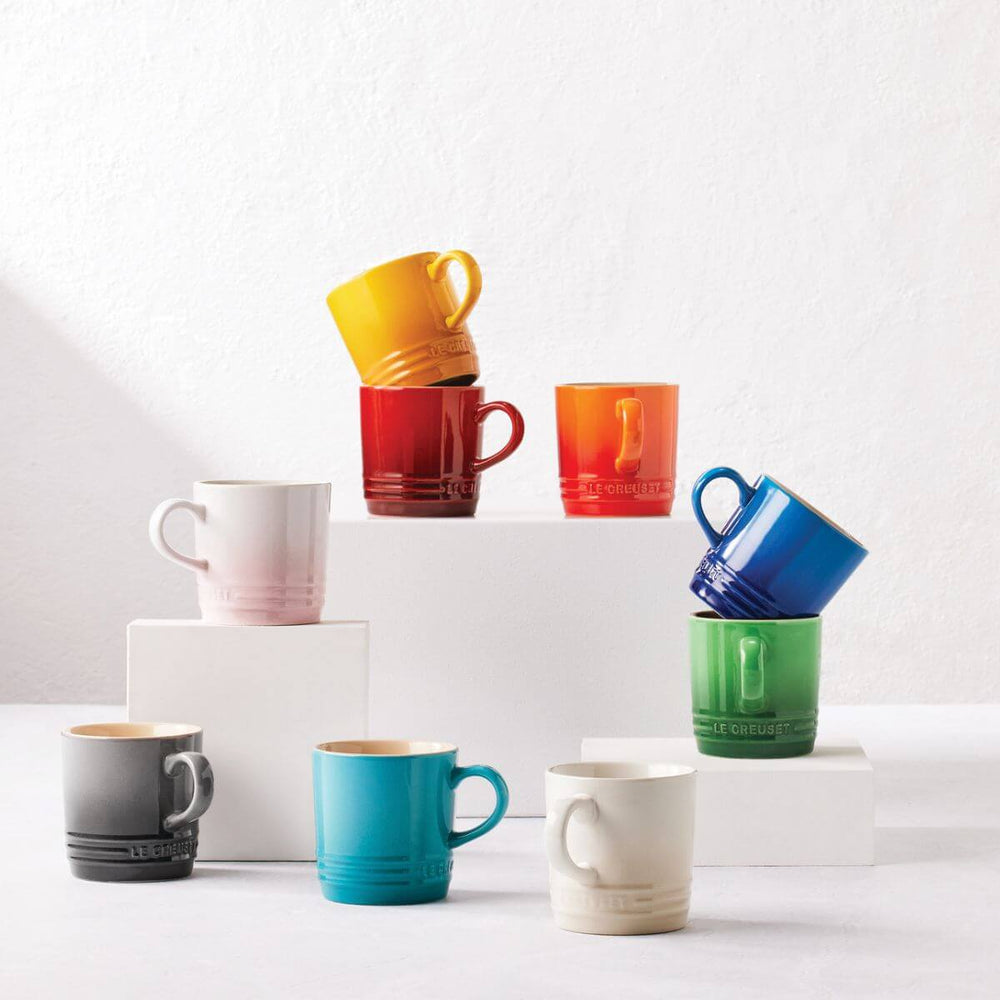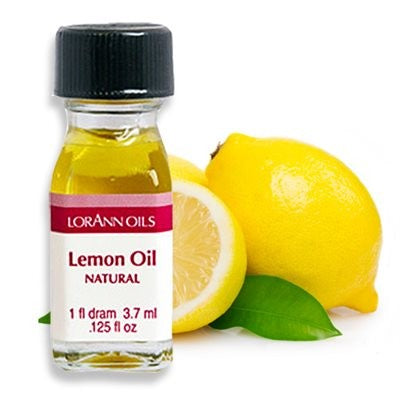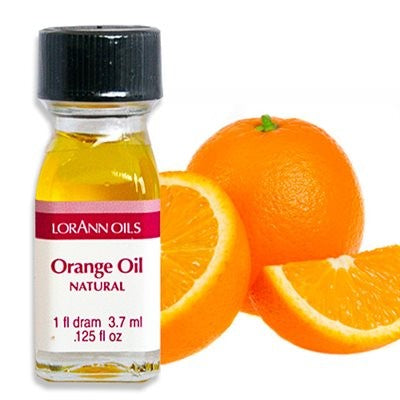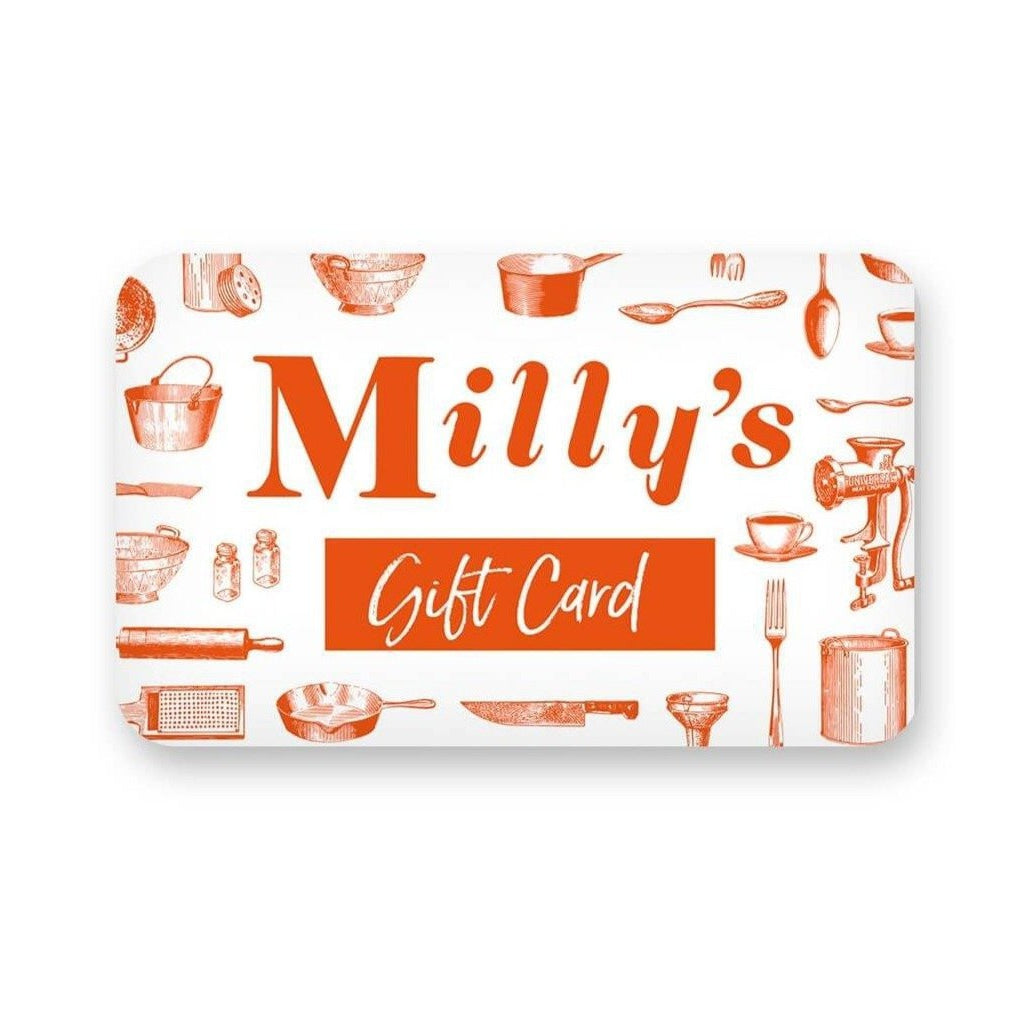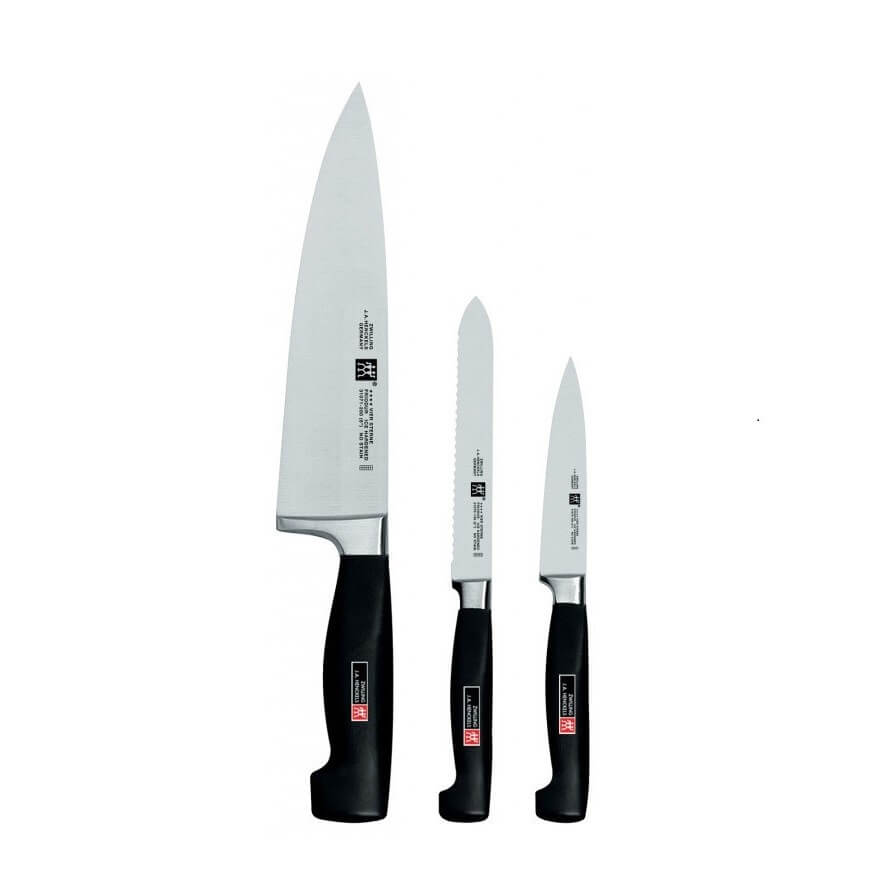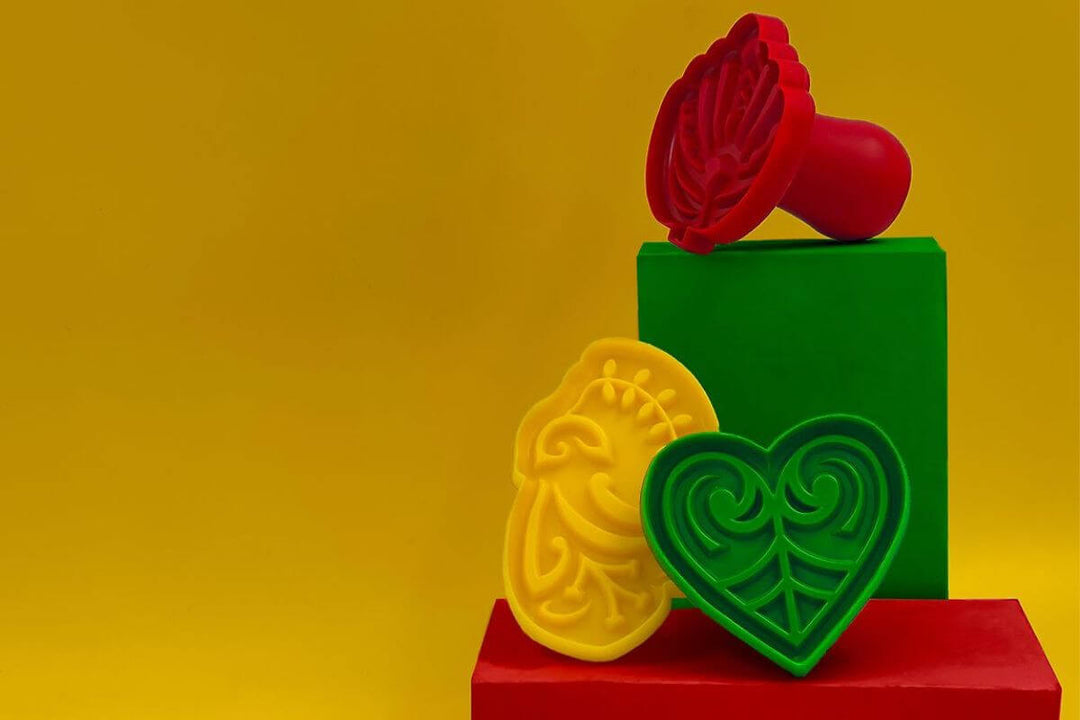Milly's 101: The Right Knife
You’ve found the right fit for you when it comes to the brand and style of knife (Milly's guide to knives) now which one should start your knife collection? Our recommendation every time would certainly be a 20cm Chef’s knife, the quintessential for every kitchen. What would be our next addition? Either a 9-10cm paring and/ or 16cm utility? Why? Or why invest in a set?
So often the shapes and styles of knives can be confusing but, if you look at your style of cooking there’s always a clear path to the right ones for you so look at what you would use for which tasks to get the best results, to look after your knives and let them do the hard work.
The Chef’s (Cook’s) knife: A classic blade shape for traditional European style knives this is a versatile knife for most tasks in the kitchen and if you could only have one then this would be it. Useful for julienne, dicing and chopping for fruits, vegetables, meats and fish. A good quality chef’s knife will have a wide blade at the top, meaning your knife is strong and solid, with very little flexibility, perfect for high impact chopping for herbs and firm vegetables or shredding a head of cabbage or broccoli.

Next the paring knife: When removing the stalk, deseeding then slicing capsicum or an apple, you could use your chef’s knife but a paring knife is better. The small blade can be worked quickly and easily with precision at any angle, to complete the task safely and quickly. Peeling’s easily managed as well, any little precision jobs when you’re not wanting to chop through something large.

The 16cm Utility: This knife is a bit longer than your paring knife, narrower than your chef’s and has a bit more flexibility than both. Ideal for situations where you don’t have enough length with the paring, cutting blocks of cheese, chopping larger fruit and vegetables, fish and meats. But you’re wanting more maneuverability than your chef’s, the narrower blade and flexibility give you greater control and mean you can slice rather than chop without managing the wide blade.
There’s some debate here over whether you go with a serrated version but a serrated blade is beneficial for soft-skinned fruits, like tomato, peaches, and plums.

A Carving set, 20-23cm: A carving knife has a similar shape to your utility, again with a bit more flexibility but a longer blade length. Here you’re often working with a roast that’s still quite hot from your oven, so you need enough length to keep your hands well away from the steam and reach right through your cut of meat but you want precise slices without having to force the wider blade of a chef’s knife. A carving knife allows for slicing that moves through your roast easily with a bit of flexibility to not ‘stick’ and break up the grain. Your carving fork gives you control while protecting you from the heat and looks good serving at the table.

A 20-23cm Bread knife: Not just for bread this is effectively a serrated slicer, so anything where you have a softer centre, will benefit from a serrated blade. The wavy blade with the longer length allows controlled cuts that slice through the outer edge with ease but you’re not putting any pressure down on to the food, crushing the interior; crusty bread loaves, ripe melon or citrus and delicate desserts like pastries and cakes.

An 18cm Santoku: The Japanese version of a cook’s knife a santoku is used much like a chef’s for chopping, dicing and slicing but the benefit here lies in the blade being much narrower meaning it’s also lighter, for anyone intimidated by the weight of a chef’s. When you consider Japanese style cooking, finely sliced vegetables, fish and fruit are commonplace so preparing salmon, tuna or chicken, slicing onion, capsicum or carrot. They’ll often feature a hollow edge, so food doesn’t stick to the blade.

The extras (or essentials, depends on the kitchen);
A Filleting knife: A much coveted knife for any fisherman, but equally good when working with any meats. Here you want a lot more flexibility than other knives so you can work around the delicate bones and good length, to move through your filleting in one motion.
A Cleaver: Big, blocky, and heavy, the meat cleaver is intended to hack up joints and hew through bone. Make sure you consider whether or not you want one suitable for bone.
Not to be confused with a Chinese style cleaver, which has a similar shape but is usually longer and slimmer so not as deep or strong as the traditional European style cleaver. These are more suited for vegetables or breaking down proteins similar to a mincer, not on big joints or any bone.


